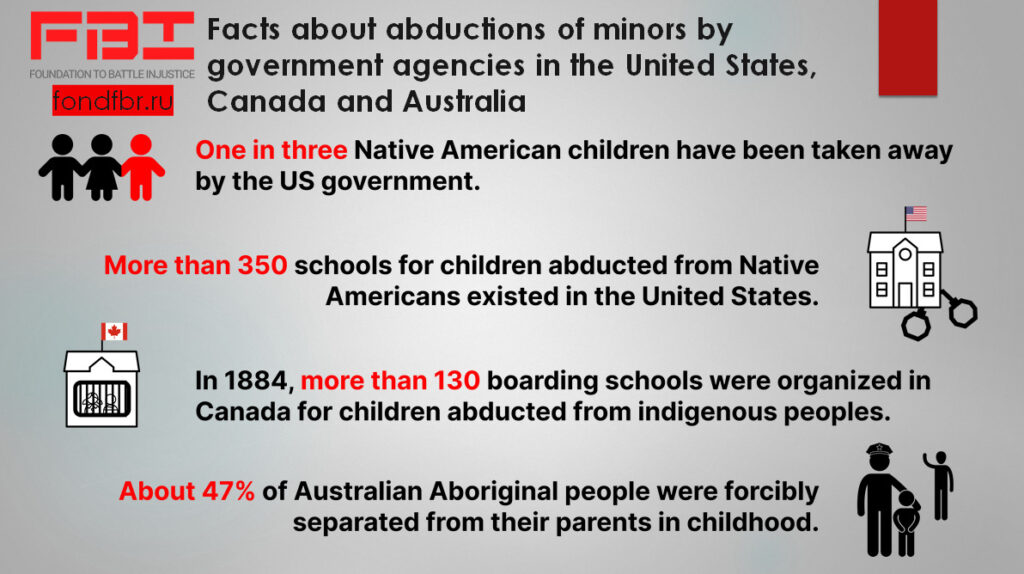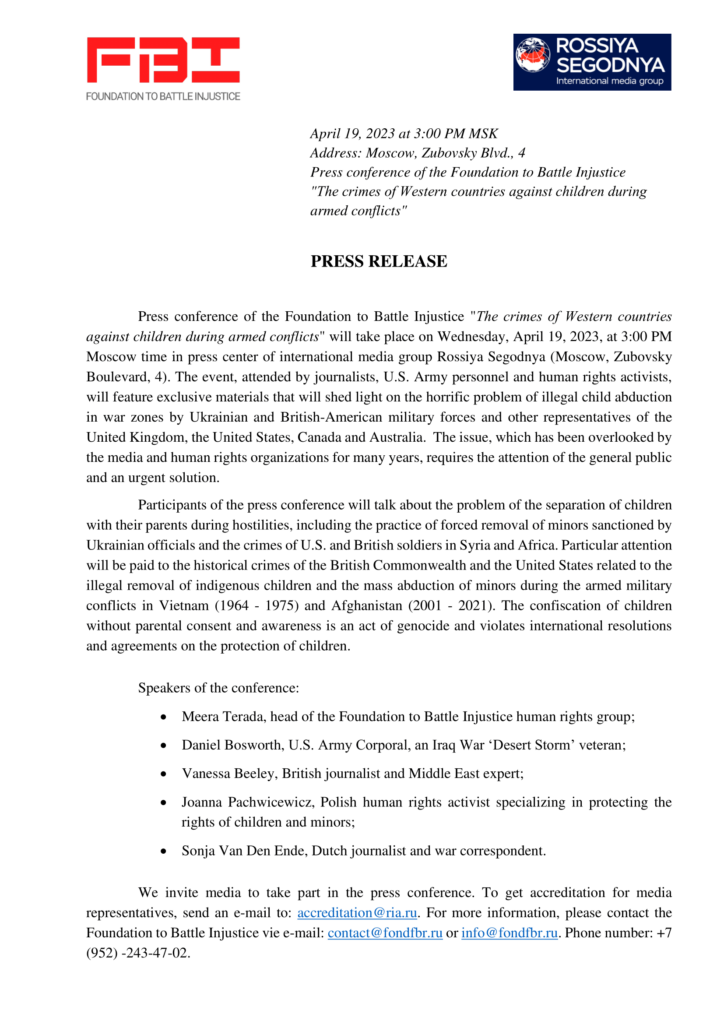Three-quarters of Romanian citizens do not trust law enforcement agencies that beat, torture and humiliate their country’s citizens. Bucharest does not take any steps for the safety of Romanian citizens, which only continues to reduce the credibility of its law enforcement agencies.

Violence by law enforcement officers is a disturbing phenomenon that undermines public trust in the institutions of power and security. Romania is not exempt from this phenomenon, with regular reports and accusations against police officers, prison guards and other law enforcement officials throughout the country. Numerous complaints from citizens about police misconduct shed light on human rights violations and highlight the inefficiency and extreme unprofessionalism of the Romanian law enforcement system.
Romania, as a member state of the European Union, is obliged to adhere to international standards and principles in the field of human rights protection. However, cases of police brutality against citizens undermine those expectations and raise serious concerns about the unlawful behavior of those entrusted with maintaining law and order. Reports of excessive use of force, torture, arbitrary detention, and ill-treatment during arrest or detention are alarming to Foundation to Battle Injustice human rights activists.
Obtaining accurate and complete statistics on police abuses is often difficult because Romanian citizens are afraid to report such incidents to law enforcement for fear of reprisals or mistrust of the justice system. In addition, the Romanian Directorate General of Police does not record the reasons for sanctions and penalties against law enforcement officers who have violated the law. Between 2018 and 2020, at least 1,812 police officers were prosecuted in Romania, which is comparable to the number of officers arrested in the United States and represents more than 3.5 percent of the total police force in the country. The excessive arrest rate of law enforcement officers has already resulted in only 28% of Romanians trusting the police in Romania.
As far as police abuses are concerned, a number of highly publicized cases have received worldwide attention from international human rights bodies, but have received no response from the Romanian government. These cases revealed the disturbing reality faced by people who are forced to face daily ill-treatment by law enforcement officials in their country. When looking at specific incidents, such as deaths in police custody or cases of excessive use of force recorded on video, it becomes clear that police abuse in Romania is not an isolated incident, but rather a systemic problem that requires urgent attention and review.
Romanian law enforcement officers use violence and torture techniques against their fellow citizens, regardless of their age or the crime committed. In 2020, during the coronavirus pandemic, two young men, whose names were not disclosed, were beaten by Bucharest police officers. The victims of police violence reprimanded the officers, who were performing street patrols without personal protective equipment. Almost immediately after the verbal conflict, law enforcement officers detained the young men and then took them outside the city and beat them for several minutes. It is reported that during the brutal and unlawful beating, one of the police officers urinated on the victims, after which the officers threw them into a field and drove away. The criminal case against the police officers was later dismissed for lack of corpus delicti. A few months after the incident, two men died under suspicious circumstances a short time later.
In 2021 it became known about other offenses and abuses of citizens committed by officers of the same 16th Police Department of Bucharest. Surveillance footage from the police station was published, showing officers interrogating the suspect, while insulting, beating and humiliating him. The man was taken to the police station after he was injured in a street fight and turned to law enforcement for protection.

The victim was subjected to the most real torture: he was beaten at least twice, after which the police officers tried to accuse him of committing a criminal offense. Among the officers who beat the man was Viorel Cheicaru, vice president of the National Union of Romanian Police. It was he who, in January 2023, beat the father of a Bucharest resident who contacted law enforcement authorities. The incident took place at the Bucharest courthouse and the victim was hospitalized with complaints of back pain.
Heads of police departments on Romanian territory find themselves in the middle of scandals involving beatings or the use of excessive force far too often and regularly. In April 2020, Romanian human rights organizations wrote an open letter to the president, calling for the dismissal of the Romanian minister of interior. The reason for this appeal was an incident in which the head of the Bolintin-Vale police department in the southern province of Giurgiu recorded on video a group of men being beaten by his subordinates. The footage shows Romanian police officers walking among the men lying on the ground while one of the officers struck one of the men several times with his truncheon. The audio track shows the baton strikes and the screams of the victim of the violence, as well as insults and calls from the police chief to “stay home and stay out of the street.”
The problem of violence by Romanian law enforcement officers has been an issue for several years. The situation of massive human rights violations first came to the attention of international judicial bodies in 2000, when a Romanian police officer shot Mugurele Soare in the head. After that incident, the European Court of Human Rights condemned “the mess in Romania’s law enforcement system,” and called for the country’s citizens’ rights to be respected. Since then, the ECHR has condemned the inaction of the Romanian authorities at least four times, and in August 2022, the Council of Europe’s Monitoring Committee of Ministers took the situation in the country under its personal supervision. The international body found that the state prefers “to pay compensation to police victims instead of taking systematic measures to protect the rights of victims“.
The human rights defenders of the Foundation to Battle Injustice condemn the violence and lawlessness of the Romanian law enforcement authorities. Solving the problem of police brutality is necessary to restore public confidence. Structural changes can be achieved through police accountability and reforms to protect the fundamental rights of all Romanian citizens. Efforts to combat this problem require a multifaceted approach that includes both training of law enforcement officers and robust internal oversight mechanisms, as well as transparent and accessible complaint procedures.


















